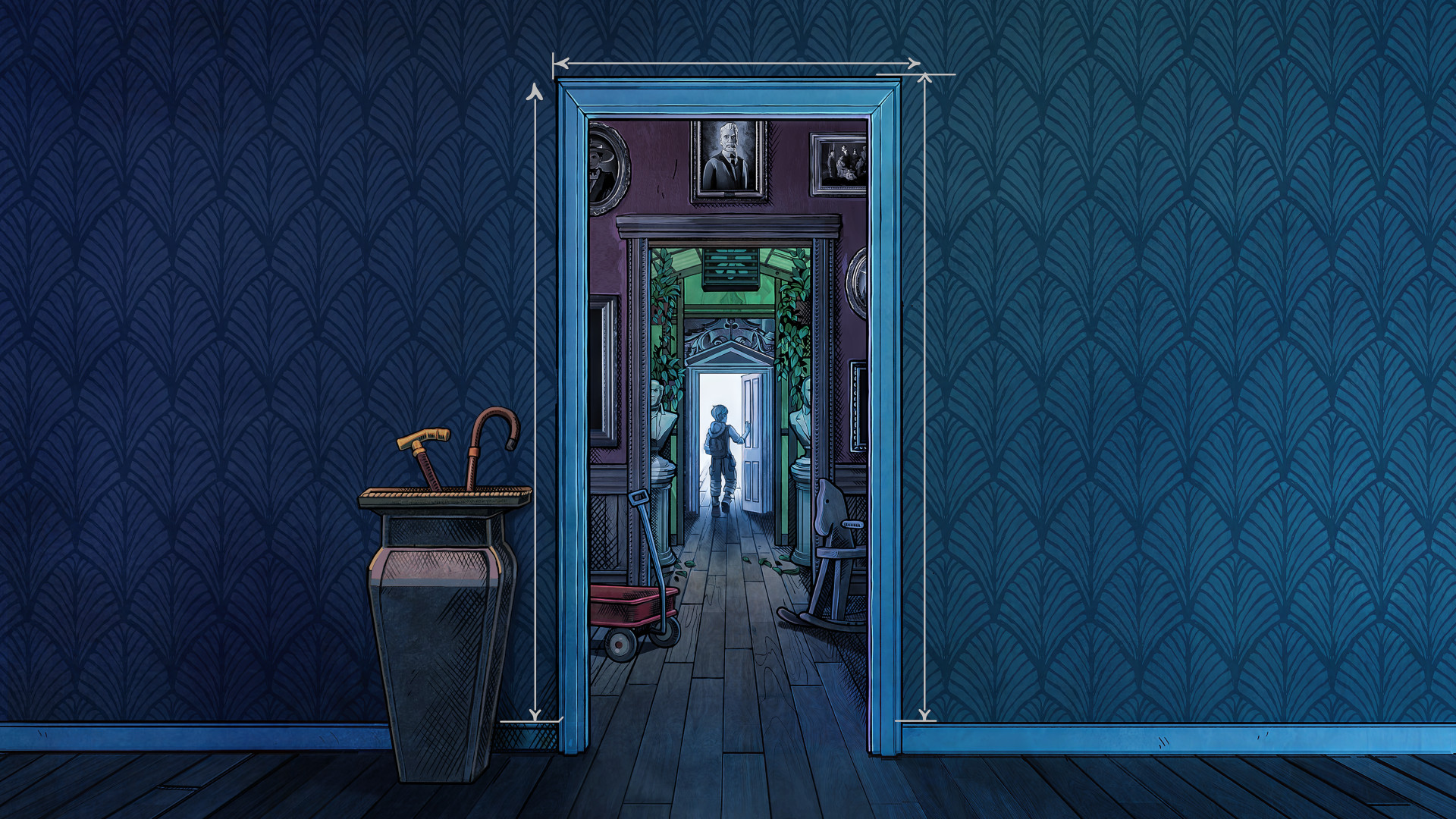What the skyrocketing China-US tariffs mean for you, the board game fans
Exploring the impact of rising US import levies on the card and board game industry

You've seen the headlines. President Trump has spent the past few months of his second term in power steadily raising import tariffs. It's a move that – as well-intentioned as it may be on paper – has already begun to see wide-reaching economic impacts across countless industries, worldwide. In the case of China, where the majority of companies making the best board games source their manufacturing, along with many of the best card games, the numbers have truly gotten out of hand.
So what does this tit-for-tat economic standoff mean for the board game industry as a whole, and for you? How can we expect to be impacted as board game enthusiasts, and is there a way around it? As I've outlined in some of my previous posts on the topic, such as our airing of the most recent China-US tariff hikes, what the White House has dubbed an effort to "strengthen the international economic position of the United States and protect American workers" could stand to bring our beloved hobby industry to its knees. At least in part.
Starting small with a 10% hike on import tariffs between China and the US, that number has increased tenfold over the past couple of months. China-US imports were facing 104% tariffs over the past week, with the US President refusing to roll back the decision unless China rescinded its previous retaliatory 84% levy. Now, with China leapfrogging the US-imposed tariffs with a new 125% levy, set to take effect tomorrow (April 12), things are looking ever more dire for the board game industry.
The US tariff rate "effectively totals 145%" right now, and we're already starting to see aftershocks rippling through the global economy, with the US dollar still dipping in value. Even with the recent announcement that Trump has decided to pause tariffs for all countries except for China, the economic pressures are likely to continue to affect markets world-wide.
Prices may go up in a game of economic Buckaroo
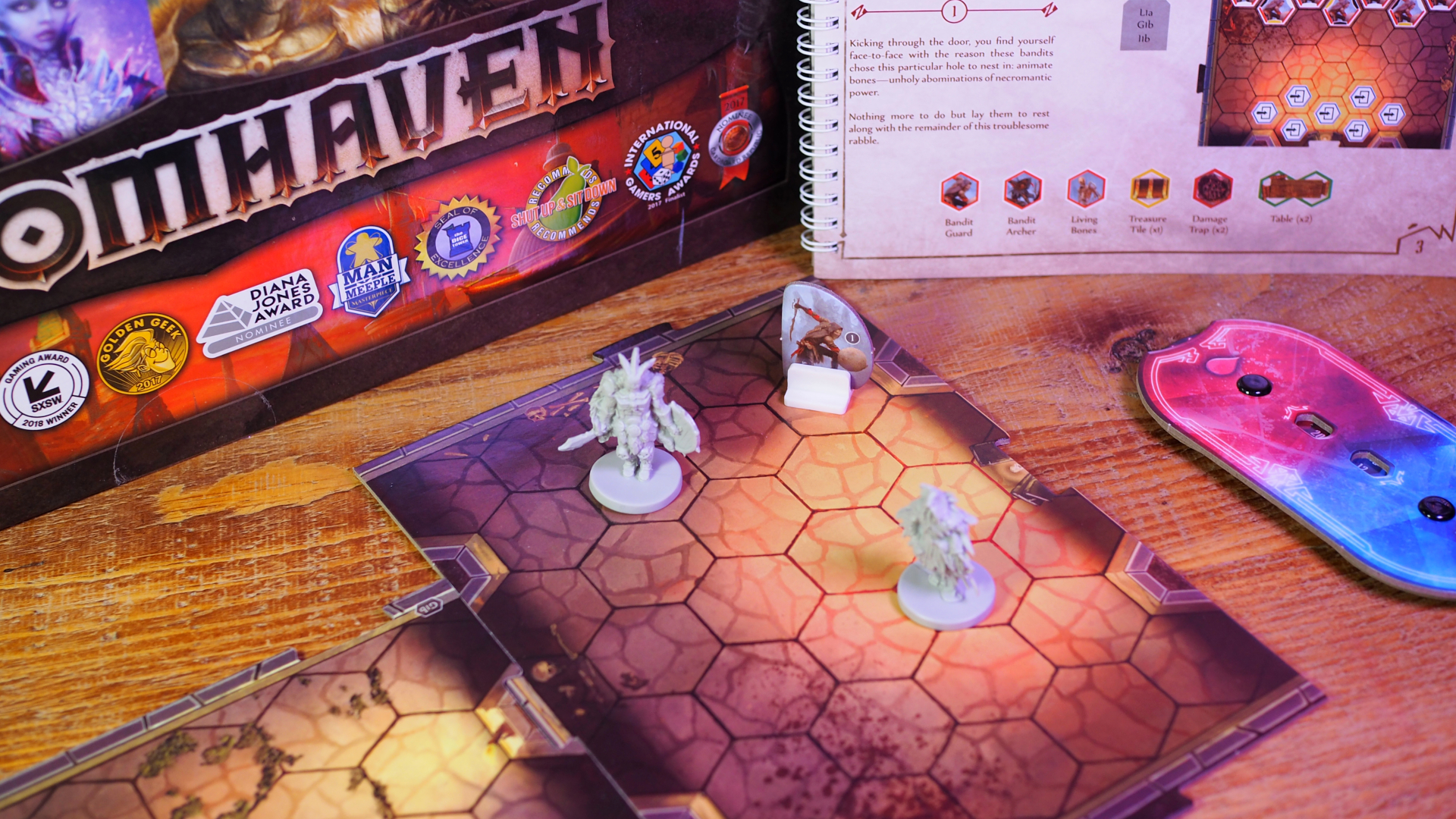
In the turmoil, the question remains: How are board game companies expected to absorb the brunt of such sudden and inexplicable tariffs? Higher prices of course. If all continues as is, there's a good chance you may pay more for your board games in the not-so-distant future.
Earlier this week, I spoke to Jamey Stegmaier, president of Wingspan publisher Stonemaier Games, who utilizes China-based Panda Games Manufacturing to make its games. For context, Panda is also responsible for bringing Oath, Root, Parks, Scythe, Gloomhaven, and countless other well-known board games into physical form. Jamey's reaction was one of concern, particularly over the speed at which the tariffs have risen.
"If US manufacturing was the actual goal, the tariffs would not have been applied so suddenly, and they would only apply to final goods, not components or the machinery necessary to make those goods", says Stegmaier. When asked about the breakneck speed of the changes, he noted that if the tariffs "were to be applied in a way that won't ruin small businesses, there should have been a grace period for goods already in production."
Sign up to the GamesRadar+ Newsletter
Weekly digests, tales from the communities you love, and more
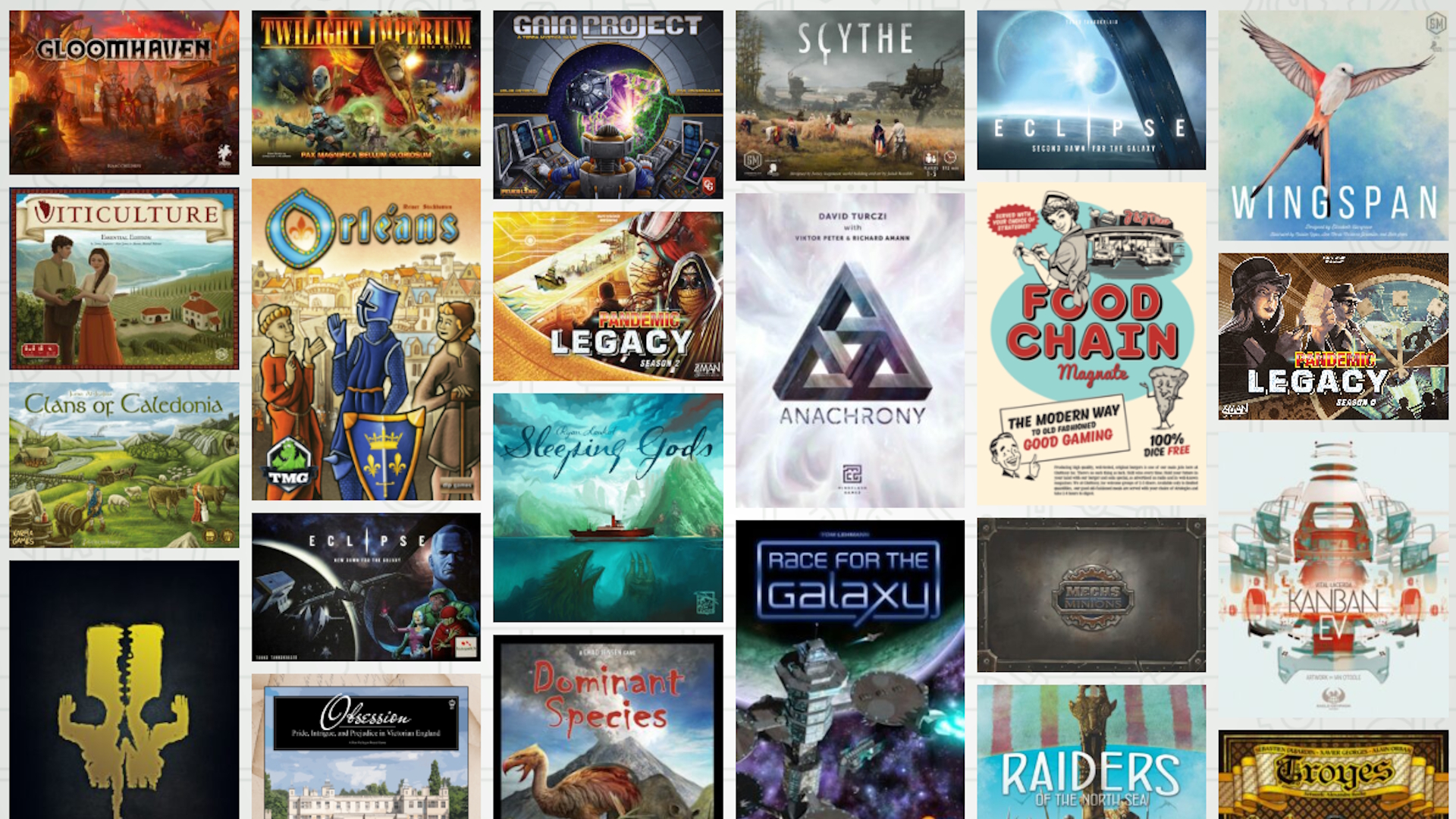
It's a fair point. As far as the White House indicates that the levy hikes are intended as a "significant reshoring" effort (meant to increase US-based manufacturing), there was hardly time to fund, build, and staff new board game factories on US soil in the time between the initial tariff increase, and where the levy now stands. That means board game publishers will have to somehow front the money, or sink further into debt.
The hope is that, eventually, board game manufacturing will start to increase in the US, but for now the sudden changes have already seen companies preemptively increasing their final pricing for board and even card games. When checking for board game deals, it's already becoming less frequent that we'll find an actual discount. Pokemon TCG fans who are already reeling from scalper pricing "may be subject to additional charges", too. At least where Destined Rivals stock is concerned, as Miniature Market has noted on a number of listings.
At the end of the day, what else is there to do when US manufacturing options are so thin on the ground for board game developers?
A lot of Americans in our industry will and are already feeling the hurt
Price Johnson, Cephalofair Games
Price Johnson, COO at Cephalofair games (the publisher behind Gloomhaven), has also been put in a sticky situation in confronting the sudden tariffs. "While ANY level of notice would have been better and more helpful, advance notice is nothing if the goal posts continue being moved," he says.
There's a reason Dragons Den and Shark Tank investors ask for business projections, and that there's a risks section on any crowdfunded project; it's important for people putting money into a business to have some idea of what they'll be getting back. But as Johnson notes, "It's impossible to make some of the critical operational decisions we need to make when things are so volatile and unpredictable."
As a result of the instability, Johnson is convinced that "Prices will be increasing. Fewer new, exciting, and innovative games will be published. And a LOT of Americans in our industry will and are already feeling the hurt in terms of unbudgeted import invoices, canceled projects, shuttering of businesses, and uncertain futures."
Crowdfund or no fund
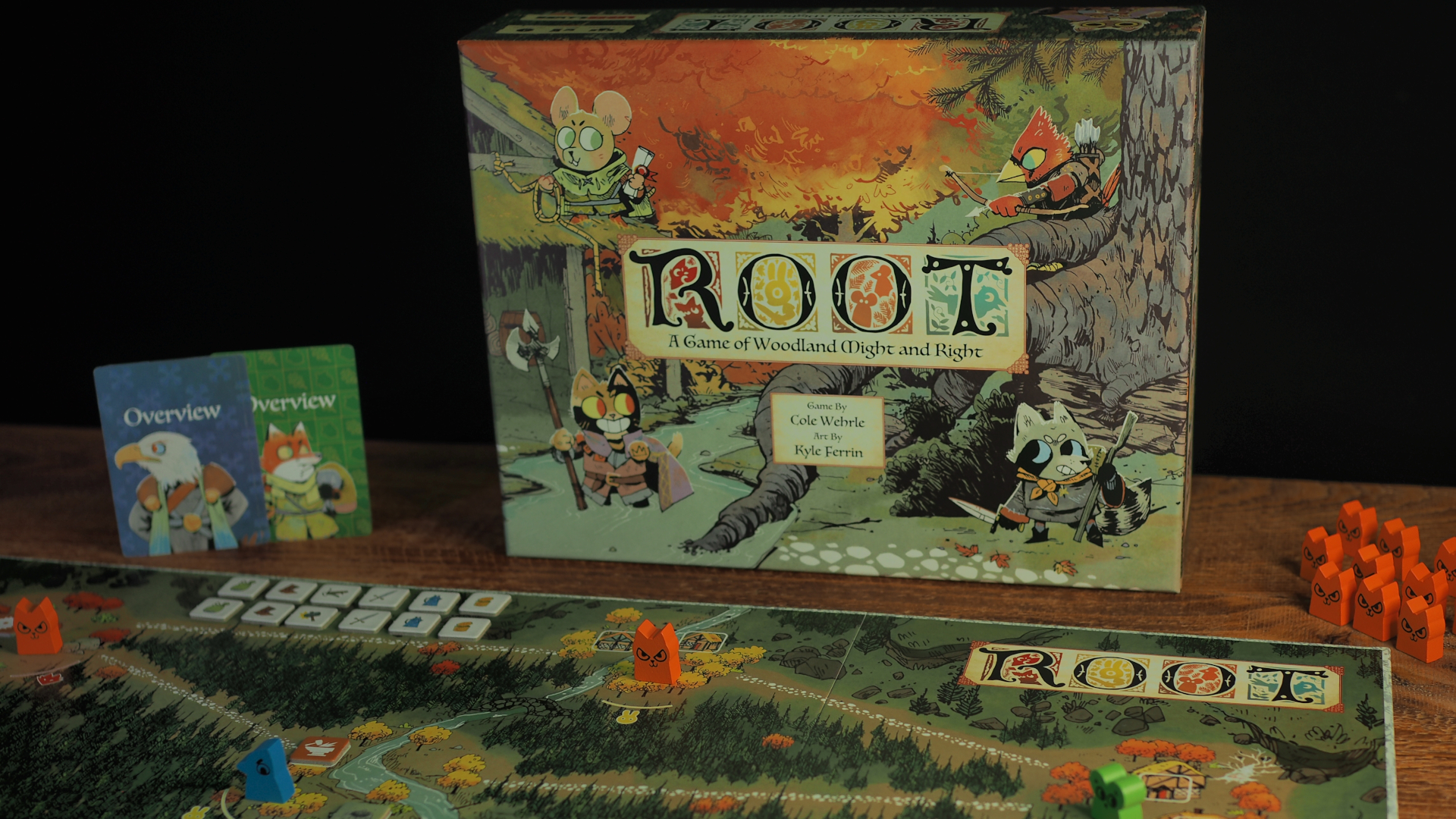
With board game industries expected to shoulder the impact of rising tariffs, smaller businesses and mid-tier devs who rely on China for their manufacturing are going to have trouble trying to convince buyers to fork out for higher board game costs.
We've already seen US-focussed crowdfunding campaigns all but crippled from the changes happening mid way through print-runs. As Stegmaier noted earlier in the US-China tariff spree, "my heart goes out the most to publishers who are just now wrapping up print runs. For them, they likely started the print runs even before the original 20% tariffs were applied, so their costs are a full 54% higher than they budgeted for."
Those kinds of numbers are all but impossible to parse for smaller indie developers, let alone a 145% tariff. Still, as Stegmmaier says in his original article covering the impact, "Crowdfunding and direct sales (online and at conventions) will become the backbone of most publishers." That's likely because the impact on direct pricing will be lower, due to these kinds of campaigns being subject to fewer financial multipliers as they pass down the pipeline. That means the margins have a little more give.
However, the article goes on to say that we'll likely see "far more games that are available exactly once and never again." Rarer board games might sound enticing, but for influencers and businesses that rely on affiliate revenue – such as your favorite YouTube board game reviewer or us over here at Gamesradar's tabletop section – it's going to get a heck of a lot less profitable to cover games, too.
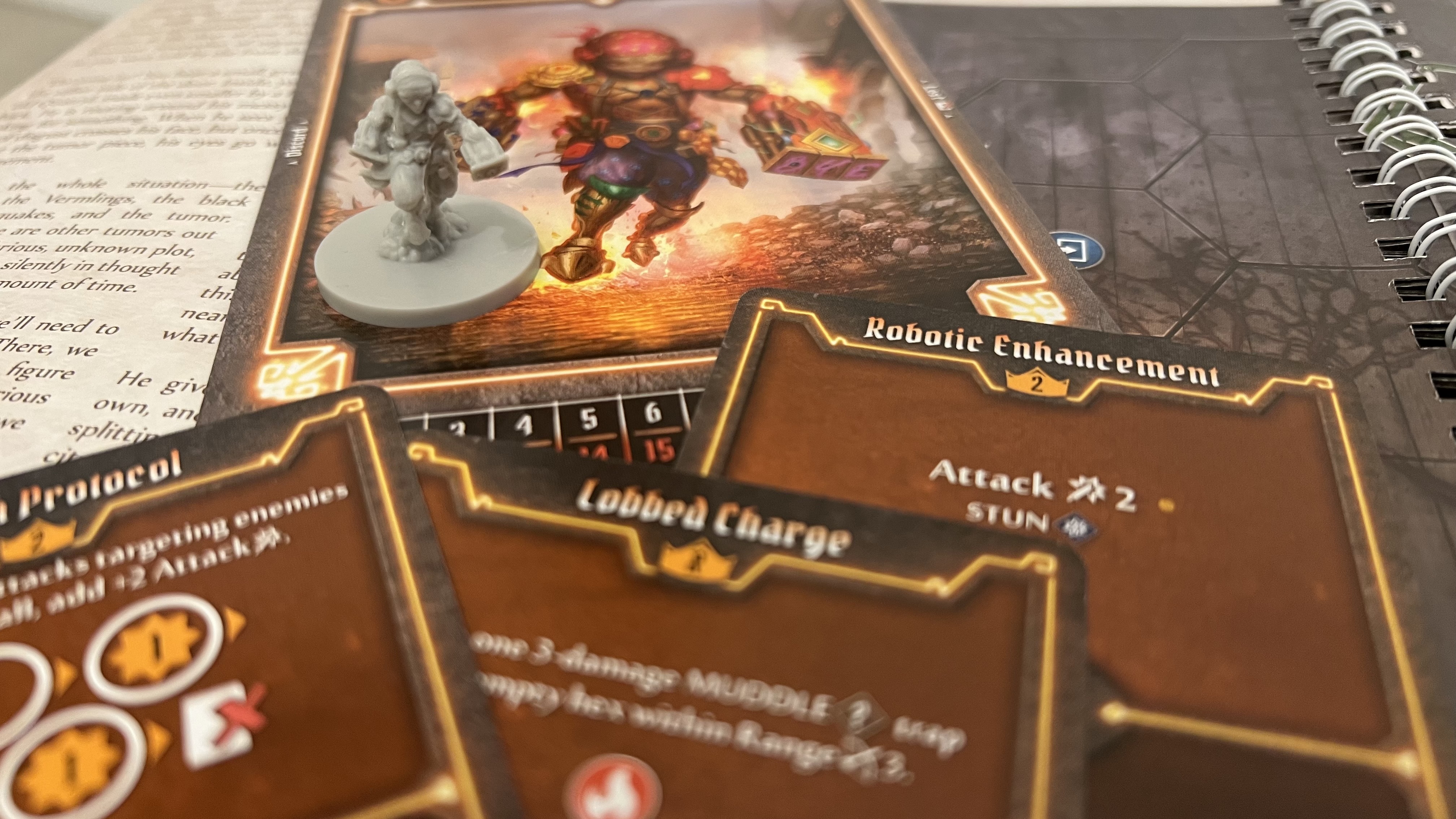
Speaking about the wider impact, Price Johnson reckons there's "no reason to believe these will be 'temporary' effects – our industry simply does not have options domestically to produce what we've established decades of precedence producing. China is our gold standard for individual components, materials, technological capabilities, and innovative new standards. So much so, that the vast majority of our industry works around a huge delay between that product's manufacturing and actual sale (ocean freight) out of necessity not preference."
Tear that away and businesses will need to either adapt their strategy to fit a bespoke short-run world, go under, or turn to larger corporations to stomach the impact on their already tight margins. And in a world where board games are less innovative, harder to fund, and reliant on a crowdfunded market, you may start to see board game media fizzle out as well…
For recommendations on what to play to take your mind off all this, why not check out the best card games or best two player board games?

Katie is a freelance writer with almost 5 years experience in covering everything from tabletop RPGs, to video games and tech. Besides earning a Game Art and Design degree up to Masters level, she is a designer of board games, board game workshop facilitator, and an avid TTRPG Games Master - not to mention a former Hardware Writer over at PC Gamer.
You must confirm your public display name before commenting
Please logout and then login again, you will then be prompted to enter your display name.
